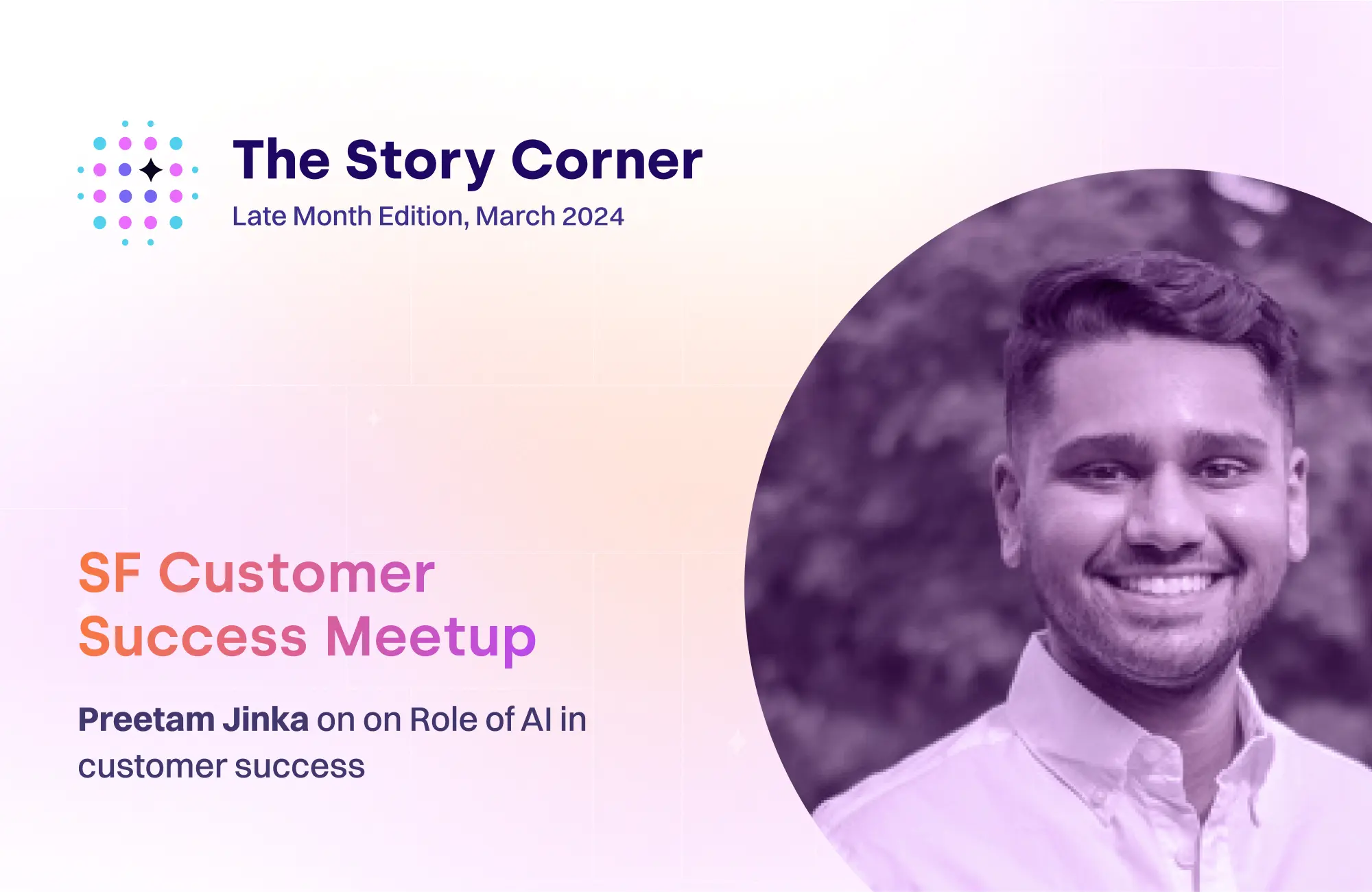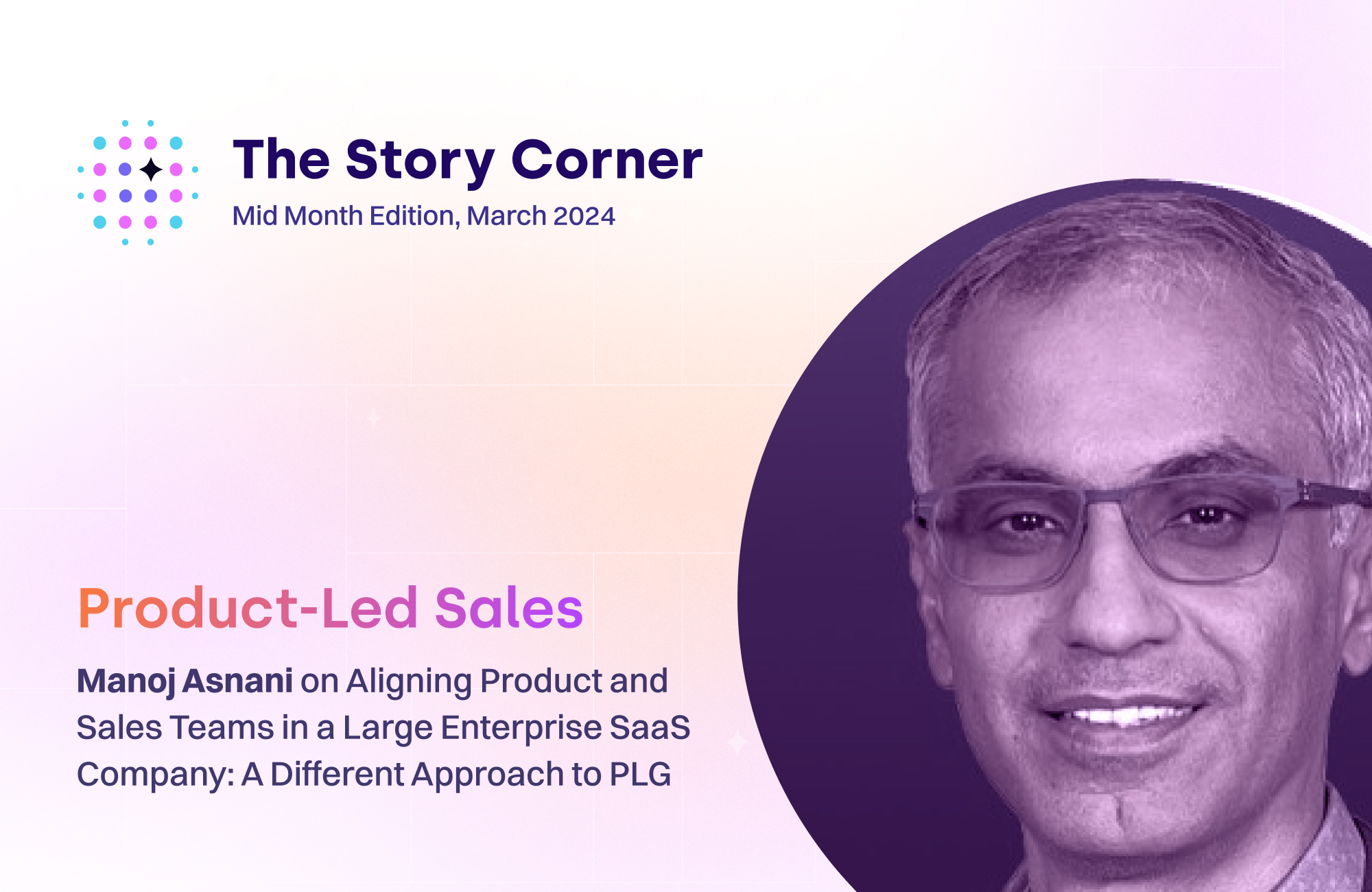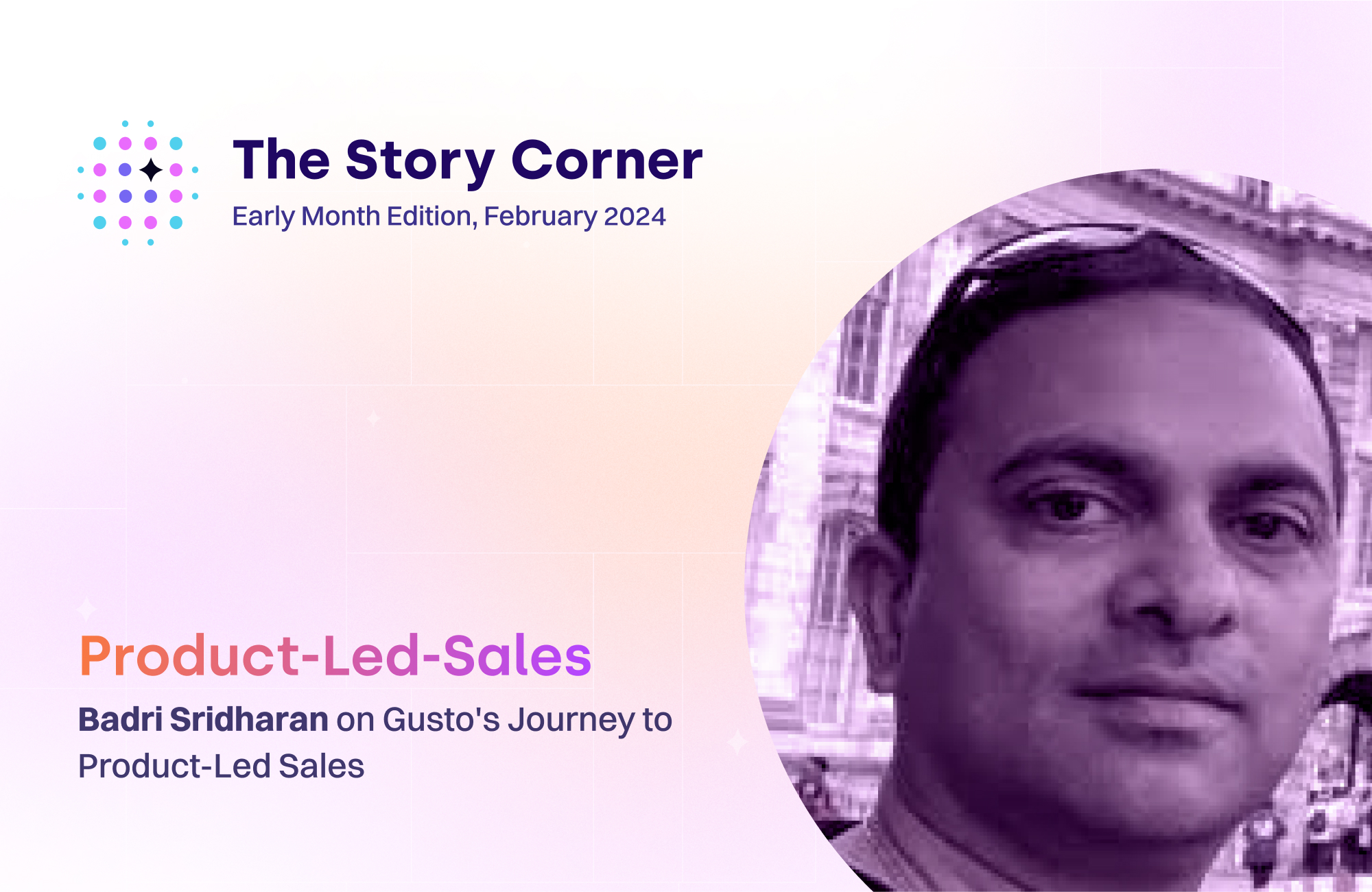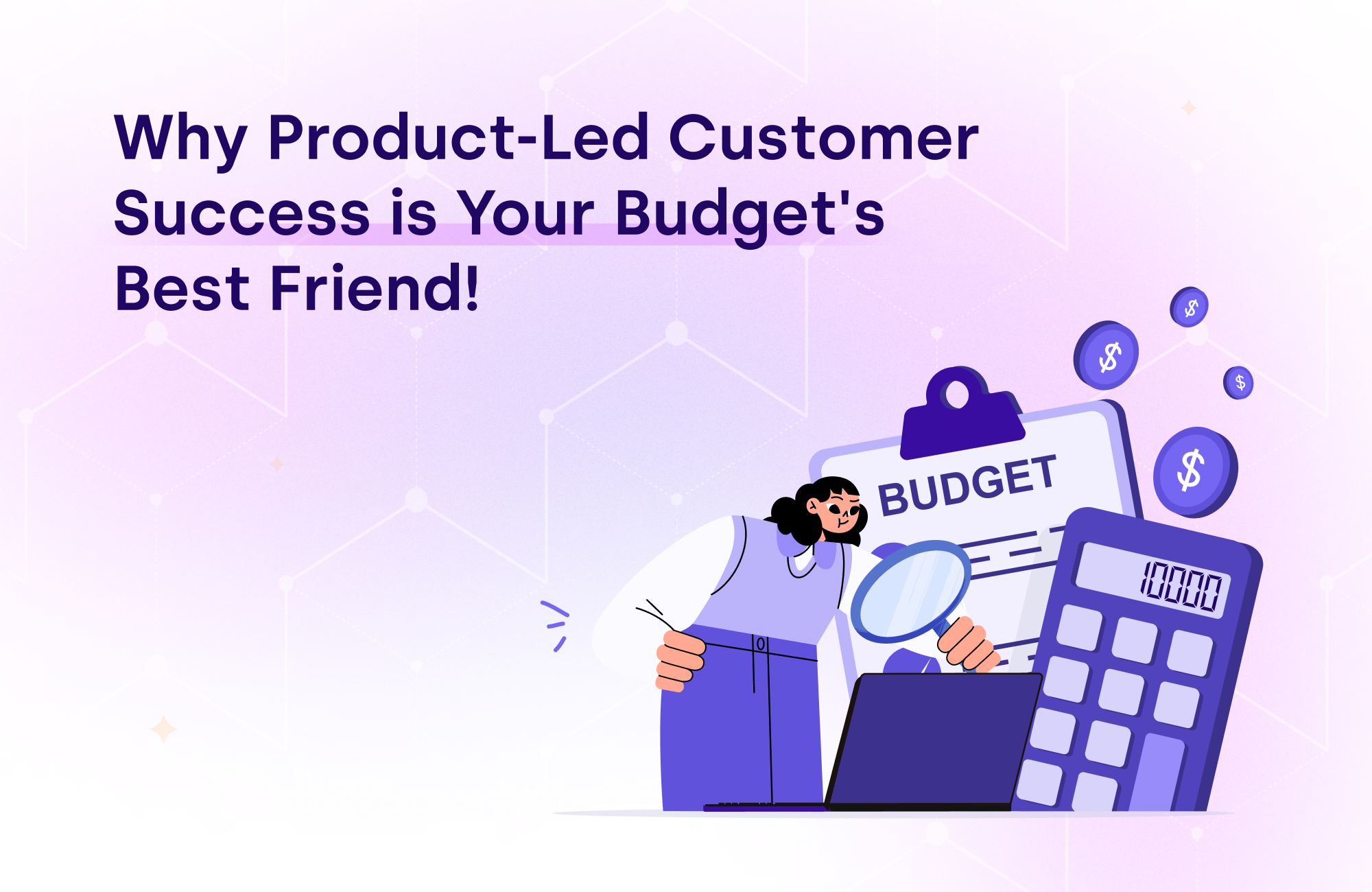In this March edition of our bi-monthly newsletter, we will look at Descope's PLG Journey. Descope's experience highlights the importance of data enrichment, strategic self-service, and continuous experimentation for successful product-led growth.
Descope's PLG Journey: Data, Self-Service, & Experimentation
Gilad Shiriki, co-founder of Descope, takes us on an in-depth journey through Descope’s transition from a sales-driven approach to a product-led growth (PLG) strategy. His talk is packed with valuable insights and hard-earned lessons, offering a roadmap for other companies navigating similar terrain.
Data woes and the quest for qualified leads: Descope's initial surge of signups was a double-edged sword. While it painted a picture of early success, the lack of rich customer data masked a crucial challenge: understanding user intent and qualifying leads effectively. This disconnect between initial interest and concrete sales opportunities highlighted the critical need for data enrichment. Descope actively addressed this by implementing mechanisms to track user behavior and glean valuable insights. This newfound understanding empowered them to bridge the gap between signups and sales, transforming their approach to lead qualification.
Embracing self-service, even for the big guys: Descope's initial vision was a self-service utopia, eliminating the need for sales reps entirely. However, their experience revealed that enterprise deals benefit tremendously from a strategic sales team. Tutorials, documentation, and sample code empower developers, streamline the sales cycle, and foster a positive user experience. Descope then strategically positions sales reps equipped with product knowledge to qualify leads and close deals, creating a harmonious blend of self-service and human interaction that fuels their sales success.
Experimentation - the fuel for growth: Descope emphasizes the mantra of continuous experimentation and iteration. They actively test different pricing models, messaging approaches, and marketing channels to identify what resonates best with their target audience. This data-driven approach allows them to optimize their lead generation and conversion tactics, ensuring they're constantly evolving and adapting to market shifts.
Key takeaways for the PLG journey:
Data is king: Enriching customer data is not an option, it's a necessity. Understand your customers and their needs to effectively qualify leads and drive conversions.
Self-service is a powerful tool: Don't underestimate the value of strategic self-service options. They can empower users, streamline sales, and contribute to success, even for larger deals.
Embrace the test-and-learn mindset: Continuous experimentation and iteration are the cornerstones of successful PLG strategies. Gather data, analyze results, and adapt your approach to stay ahead of the curve.
Watch the full video to learn more about Descope’s journey so far. Their journey serves as a valuable resource for other companies looking to leverage the power of PLG to achieve sustainable growth and solidify their market position.
In other things

We attended the Customer Success Festival Event in Austin earlier this month. One of our favorite sessions during the event was on mapping the customer journey across siloed functional teams. Our key takeaways from the session were:
Customer success is "marriage" for life: One key takeaway emphasized the shift in mindset necessary for true customer success. It's not a one-time interaction or a quick sale. Instead, it's a continuous commitment, akin to a "marriage," where the customer success team navigates the ebbs and flows of the relationship throughout the customer's entire journey.
Beyond fragmented views: Seeing the whole elephant, not just the trunk. The discussion recognized the limitations of individual functions, each seeing their piece of the customer journey, like the proverbial blind man and the elephant. This limited view leads to disjointed experiences and, ultimately, hinders customer success.
Data: The bridge across the silos. The solution? Ditch the biased perspectives and map the journey using data from all touchpoints. This means incorporating data from sales, marketing, support, and beyond to create a holistic picture of the customer experience, free from individual team biases.
Read more about the event in this post by Alok.







